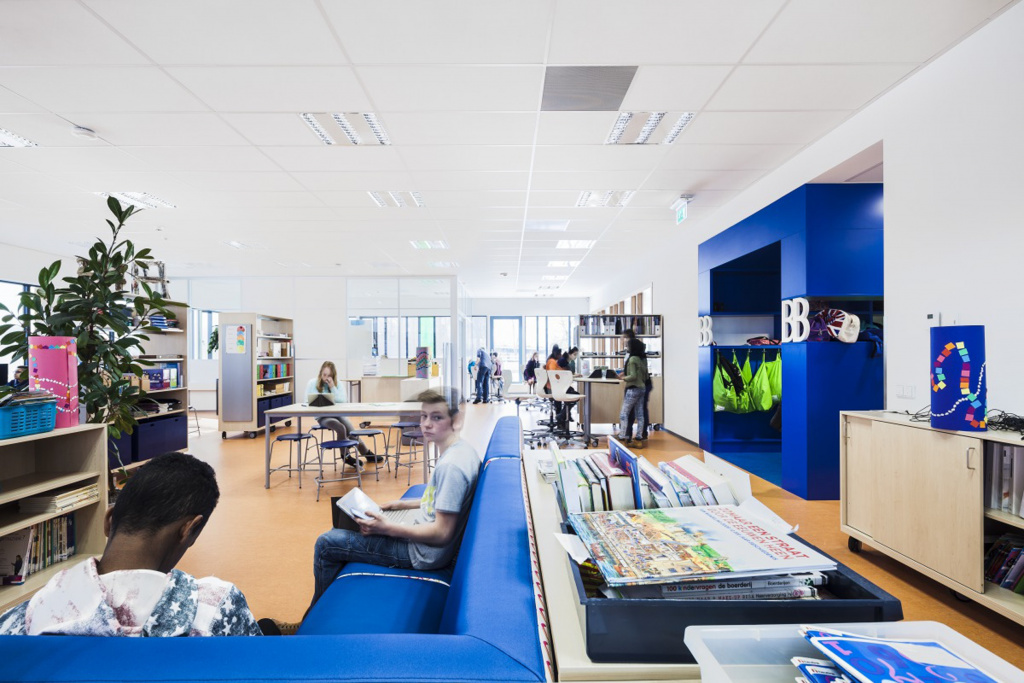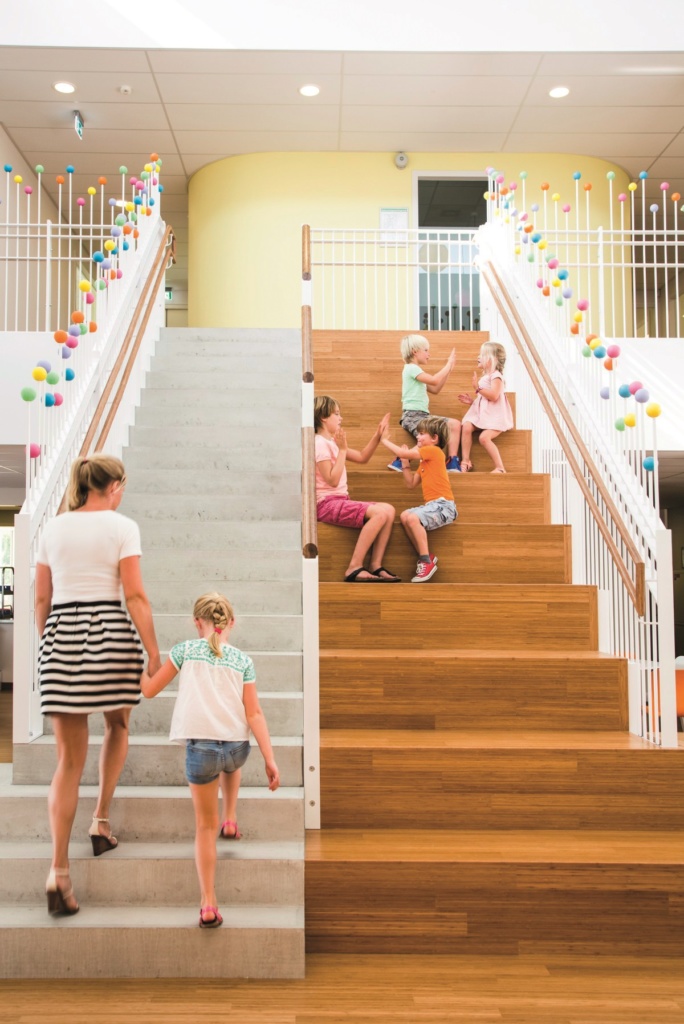
Australians can be excused for considering themselves geographically isolated, but need that extend to feeling removed in terms of research? What does it take to get a good overview of research that is happening on different continents? The Learning Environments Applied Research Network, or LEaRN, based at the University of Melbourne pondered this issue and came up with a fairly straight forward solution – take its research on the road!
For a number of years, LEaRN had undertaken large Australian Research Council (ARC) funded grants into the design and use of innovative learning spaces. Coupled with running national conferences, and a healthy agenda of commissioned research for governments, consultancies with schools, and strong industry involvement, LEaRN believed it understood what was being done in its part of the world. But how did this compare to initiatives in other geographical areas, in particular the European and North American continents? Was work being unnecessarily duplicated? Were international collaborative structures possible to share knowledge and findings?
This was particularly relevant for LEaRN’s most recent research, the large Innovative Learning Environments and Teacher Change (ILETC) project. Australian and New Zealand governments had spent more than AUS$18B since 2010 on building so called ‘innovative learning environments’. Despite this massive investment in infrastructure, there existed little commensurate research to support teachers using these spaces well. The 2016-2020 ILETC project was designed to address this issue, focusing exclusively on strategies to help teachers refine their practices to make the most of flexible learning spaces.
In LEaRN, we knew that excellent work with teachers and space was being done in other countries. But how closely did those initiatives align with our own, who was doing them, and how could we build a knowledge sharing platform?
The answer lay at our fingertips. LEaRN had been running PhD and Masters level research symposia for a number of years, where early-stage to recently-completed research students submitted abstracts on their projects. These events followed a carefully designed approach. Only 12 papers were accepted through a double-blind review. The presentations were restricted to eight minutes each. Grouped into brackets of three or four presentations, each was facilitated by an Interlocutor (‘someone who makes things happen’) charged with the duty of getting the audience to engage directly with the presenters. The audience was limited to about 70 participants to allow for good discussion. Full proceedings and even books were quickly published to disseminate this knowledge. In this way, these symposia became a source of data collection for our projects, while triggering unique networks.

Most important was the quality and nature of the knowledge being shared. Graduate students were seen as the ‘eyes to the future’. They conceptualised, implemented and reported research quickly, compared to traditional funded research that took years to put into action. They were often risk-takers, experimenting with innovative methodologies, building then testing sophisticated theoretical models. They were rigorously peer-reviewed. And finally, each came with its own unique research community – supervisors, field-work sites, fellow student researchers.